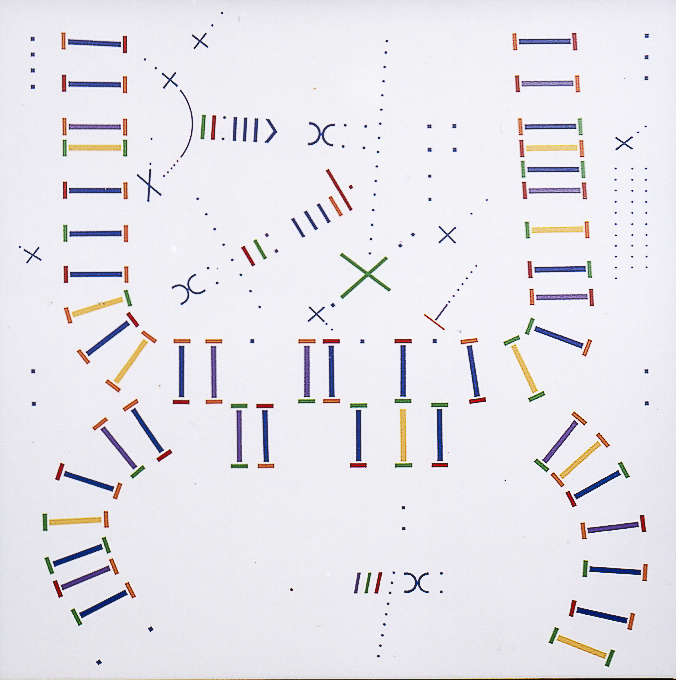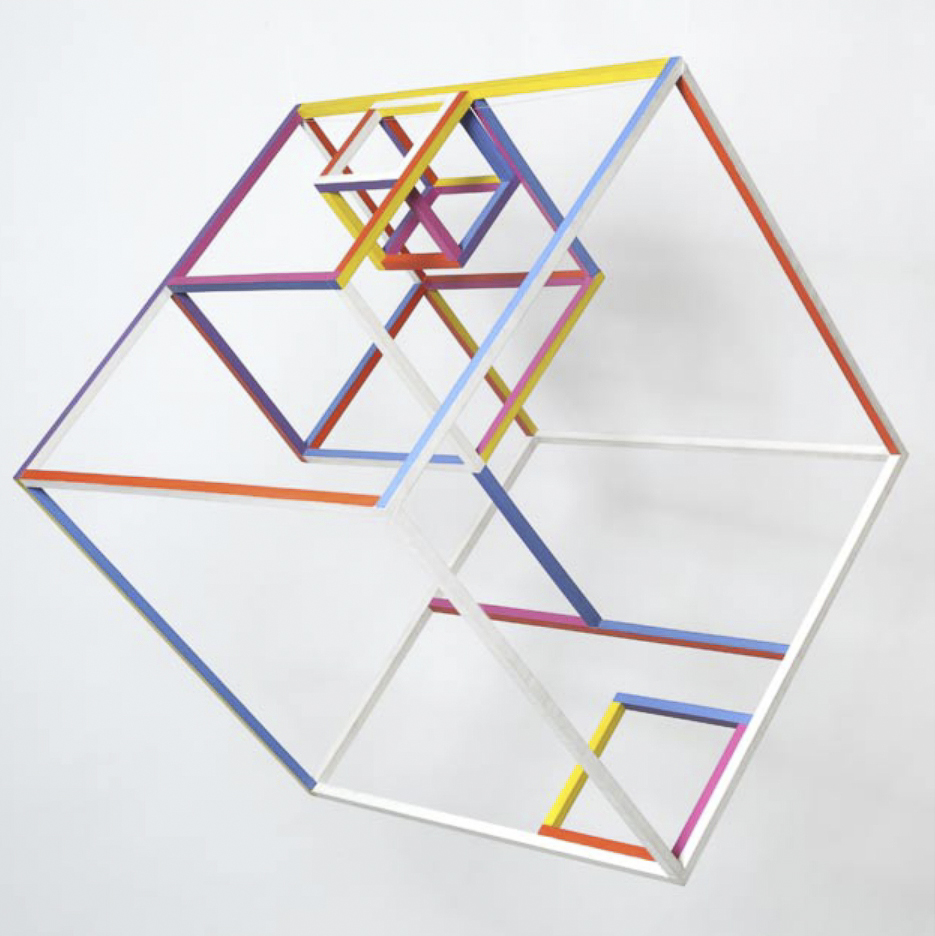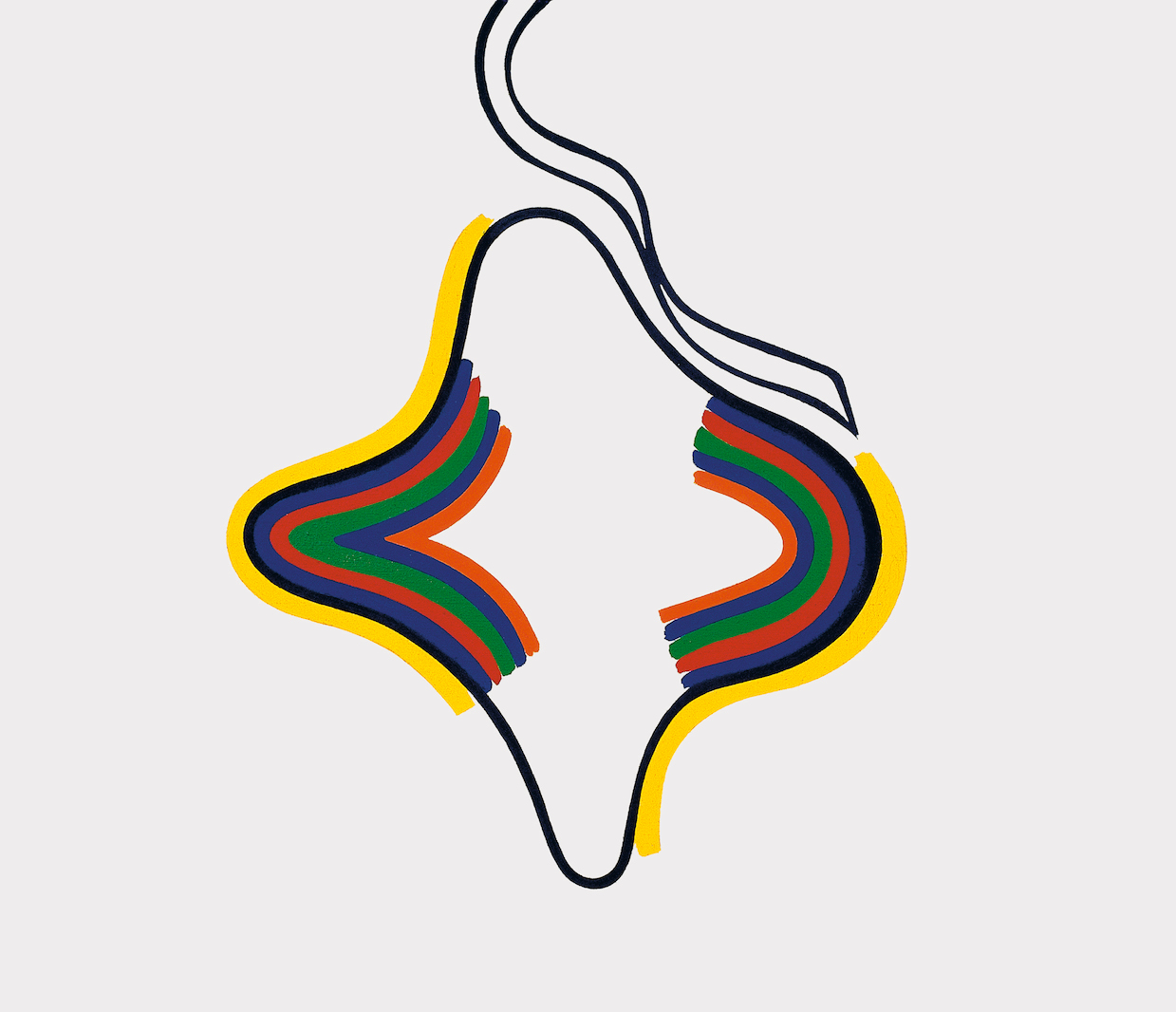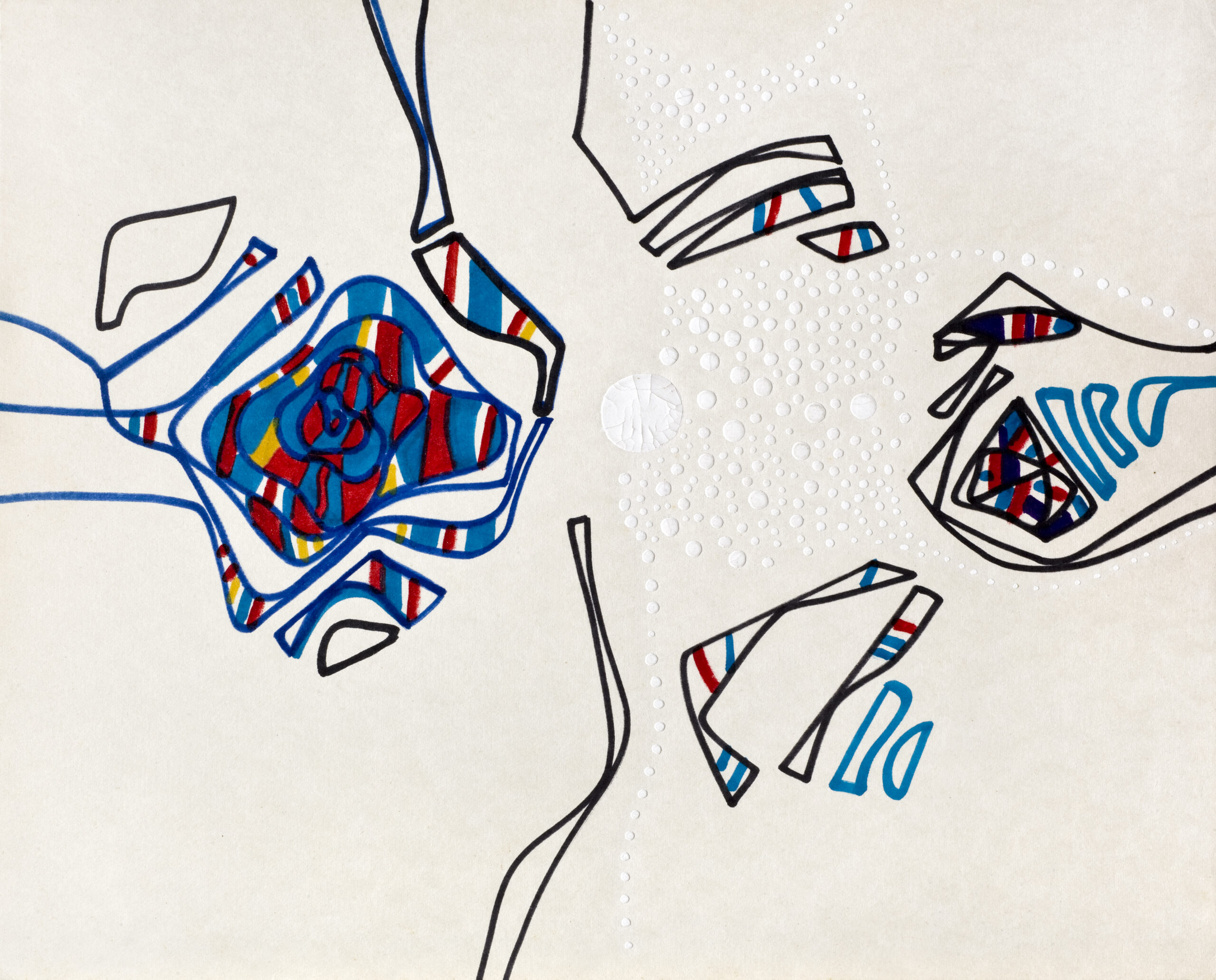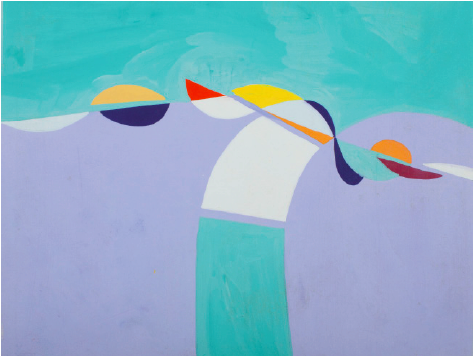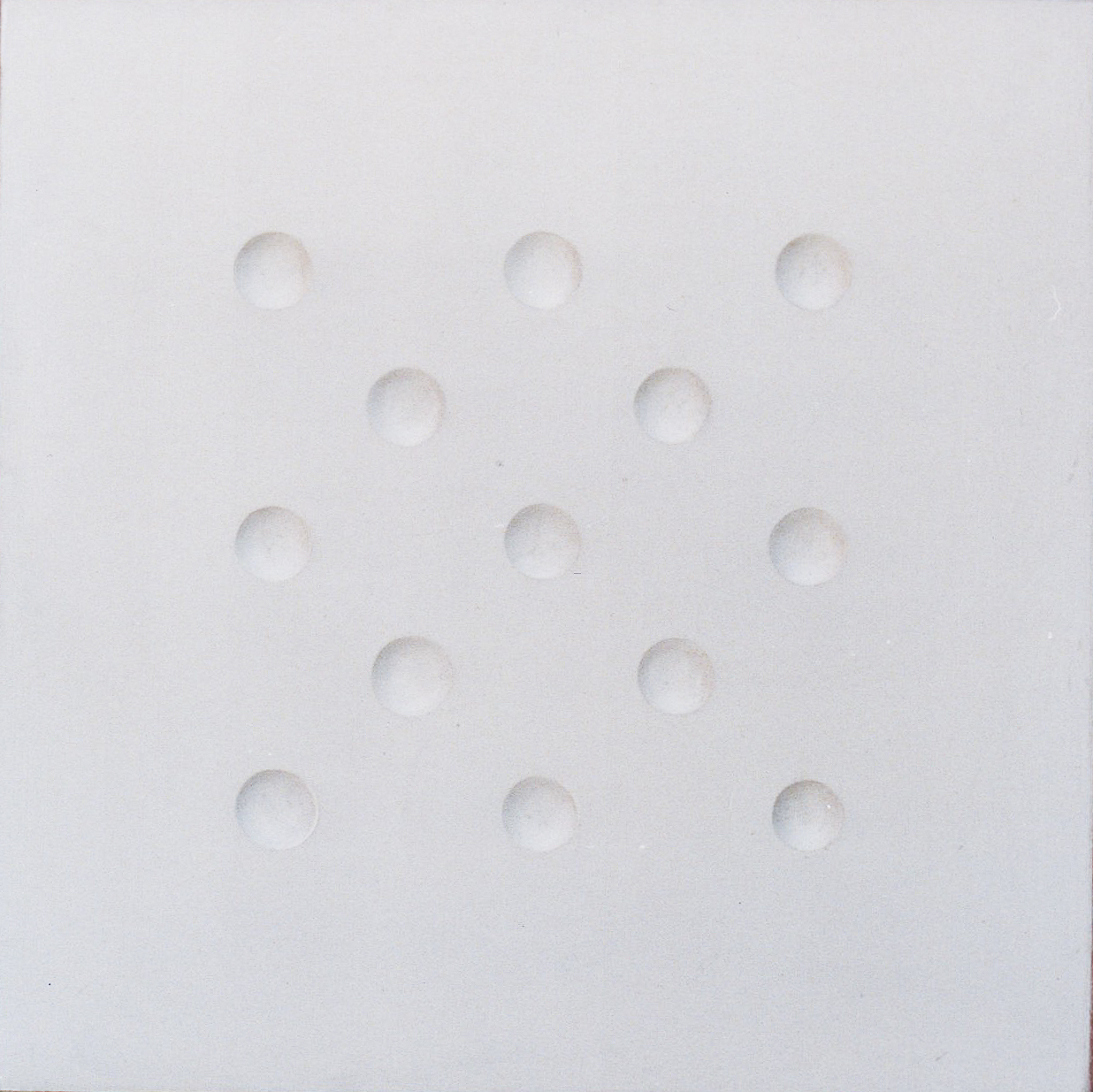Victor Magariños D.
Víctor Magariños D. (Lanús, Buenos Aires Province, 1924 – Pinamar, Buenos Aires Province, 1993) trained at the Escuela de Bellas Artes Manuel Belgrano, in the city of Buenos Aires, where he would later work as an art teacher. In 1946, he founded the Grupo Joven, made up of different artists from his generation. In 1947, he received the Prins award from the Academia Nacional de Bellas Artes. He travelled to Paris in 1951 sponsored by the French government, where he got acquainted with artists George Vantongerloo, Fernand Léger, Max Bill, among others. At this point in time he defined a language for his work related to abstraction. Back in Argentina, he continued to create and teach in Buenos Aires until 1967, when he decided to move to the coastal town of Pinamar, just feet away from the Atlantic Ocean. From this location, he stayed connected to artistic and scientific communities from all over the world.
Some of his solo exhibitions include: the Gallery San Cristóbal of the Instituto de Arte Moderno (Buenos Aires, 1951), Magariños D. at the Centro Venezolano-Argentino de Cooperación Cultural y Científico Tecnológica (Caracas, 1974), Pinturas, vanguardia y retaguardia. Primera muestra luego de 33 años off Buenos Aires at Instituto CAYC (Buenos Aires, 1984), Victor Magariños D. – Finito infinito – Homenaje a Vantongerloo at the Royal Museums of Fine Arts (Brussels, 1986), Victor Magariños D. Obras 1950/1990 at the Fundación Banco Patricios (Buenos Aires, 1991), the retrospective Victor Magariños D. 1924/1993 at the Museo Nacional de Bellas Artes (Buenos Aires, 1999), Victor Magariños D. at Galería Van Eyck (Buenos Aires, 2000 and 2005), Presencias reales at MUNTREF (Buenos Aires, 2011), Transmisiones sensibles de un cosmos at the Museo de Arte Contemporáneo del Sur (Lanús, Buenos Aires, 2016), Victor Magariños D. Works on paper from the 1950s to the 1990s at Cecilia Brunson Projects (London, 2019), Victor Magariños D. En silencio at MC galería (Buenos Aires, 2022), and numerous exhibitions at the Víctor Magariños D. House-Museum in Pinamar—which he inaugurated in 2002.
Some group exhibitions he participated in include: place at the Stedelijk Museum in Amsterdam in 1953, XXVIII Venice Biennial (Venice, 1956), Del arte concreto a las Nuevas Tendencias at the Museo de Arte Moderno de Buenos Aires (1963), Premio Di Tella (Buenos Aires, 1964), X Bienal de San Pablo (1969), Contemporary Art, 1942-72: Collection of the Albright- Knox Gallery (New York, 1972), Summer exhibition and Visible and tangible form at Simon Dickinson (London, 2022), Belgium-Argentina. Transatlantic modernisms, 1910-1958 at Mu.ZEE Oostende (Belgium, 2022), among others.
His work belongs to the collections of several Argentinian national museums such as the Museo Nacional de Bellas Artes (MNBA), the Museo de Arte Moderno de Buenos Aires, the Museo de Arte Latinoamericano de Buenos Aires (Malba), the Museo de Arte Contemporáneo Latinoamericano de La Plata (MACLA) and Museo Castagnino+macro de Rosario. Some international institutions that acquired his work are the Museum of Modern Art in New York, the Albright-Knox Gallery in Buffalo, New York, the Royal Museums of Fine Arts of Belgium, the Museo de Arte Contemporáneo de Caracas, the Museo de Arte Moderno in Paraguay, as well as numerous private collections.
